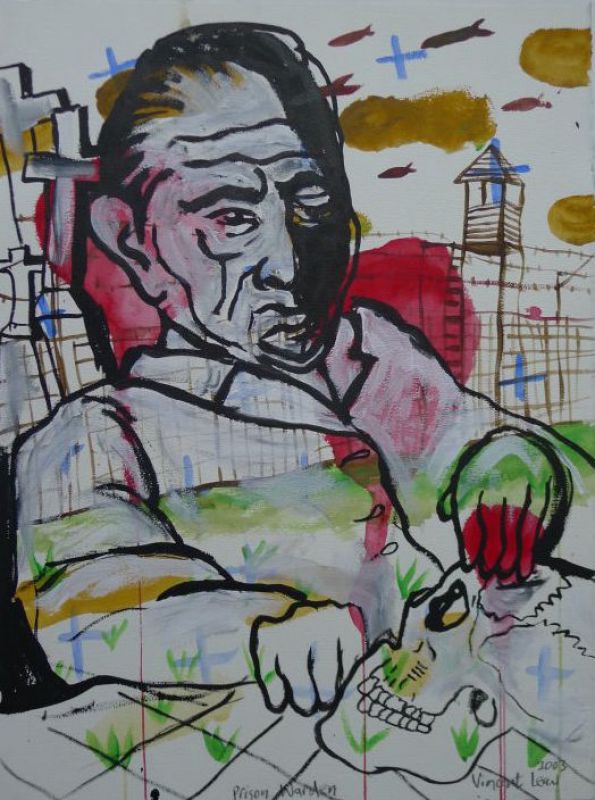Enquire
Chat with us on WhatsApp
Chat with us on WhatsApp
About the artwork
Steeped in meaning and conceptual intricacies, the art of Vincent Leow is distinctively revealing in its form. Often containing political allusions or that of social problematics and reform, the subjects the artist characterizes ranges from the everyday common man to great figures of influence placed in positions of perspective, inciting the viewer to explore the connotations contained. Highly influenced by the Pop Art movement and consciously departed from art convention, Leow employs familiar subjects in unfamiliar surroundings, often swerving into a juxtaposition of differential aesthetics, peppered with posterized language and ambivalent patterns. Common household items show up as both visual and cultural characters, often providing subtle directives to the components of what we know as culture, and understand as artistic language.
About the artist
Vincent Leow (b. 1961) is one of Singapore's leading contemporary artists. Celebrated as a l'enfant terrible of the Singapore art community, Vincent Leow is a pivotal figure in the alternative art scene in Singapore. His practice parallels the development of contemporary art in Singapore and as a painter, he is regarded as a remarkable creative who has dipped into an astonishing range of influences from popular culture, literature, cinema, politics and the mass media. Leow stands as a central figure in the history of the ‘art collective' in Singapore. One of the early members of The Artists Village (TAV), founded in 1988 by the iconic Tang Dawu (b 1943), Leow subsequently helmed other artist-run spaces. Engaging with a range of media that has resulted in performances, installations, sculptures, digital and mixed-media works, Leow's practice has maintained an element of anarchy and rebellion so critical to alternative practices. He acquired public notoriety with his 1992 performance in which he drank his own urine. The characteristics of Leow's art include a taste for kitsch and a constant, highly individual visual vocabulary - prompting art writers to describe his practice as epitomizing ‘post-modern' visual strategies.
Go to Vincent Leow's profile ›



